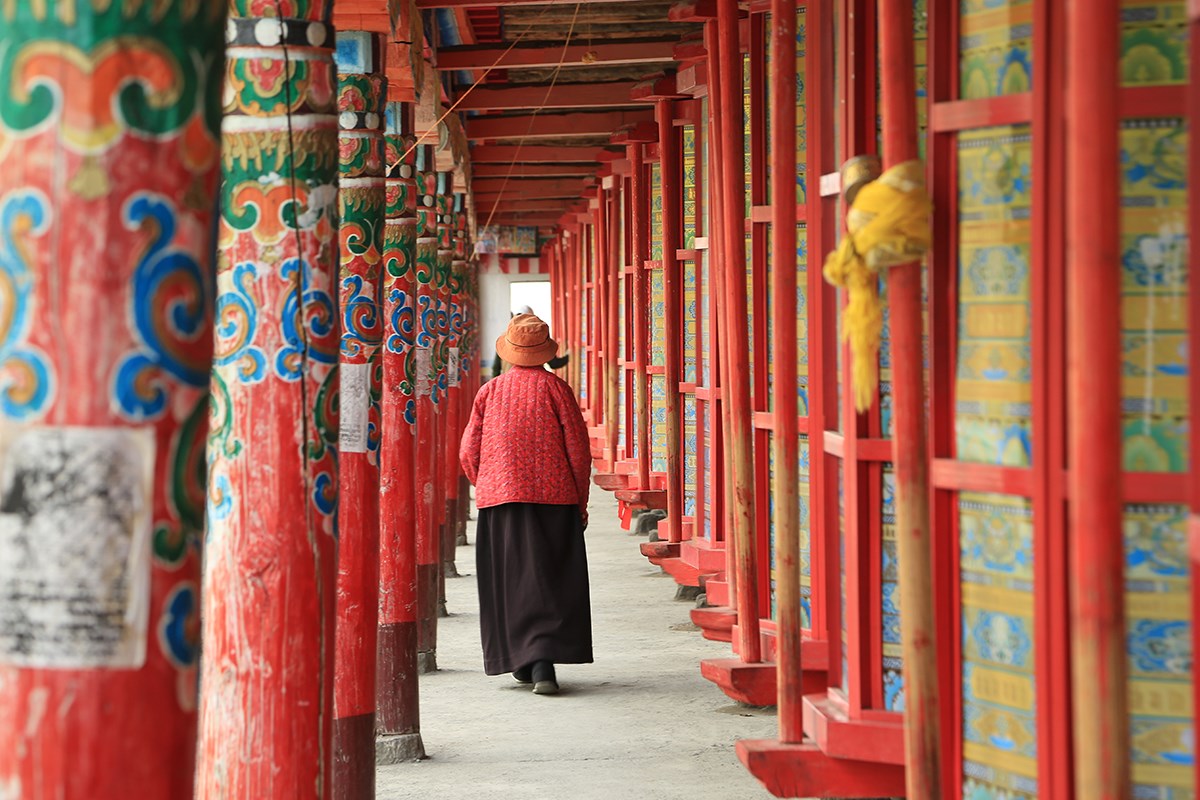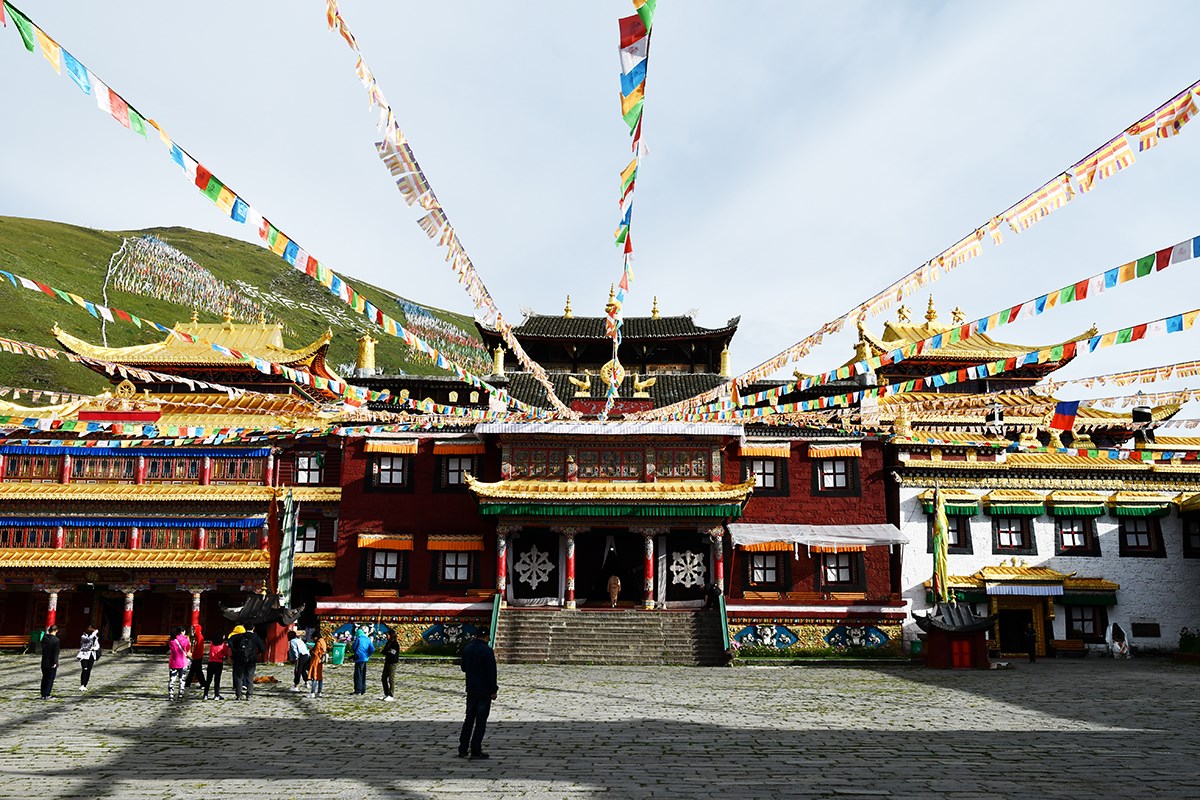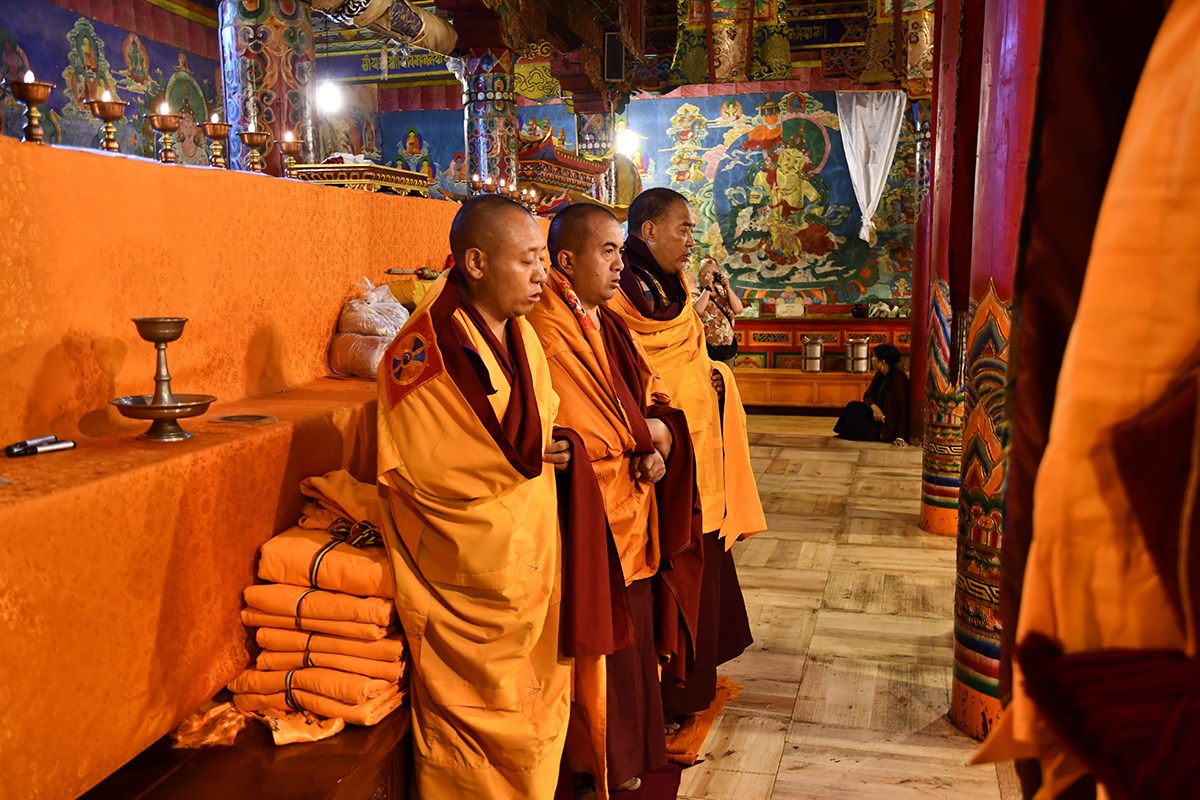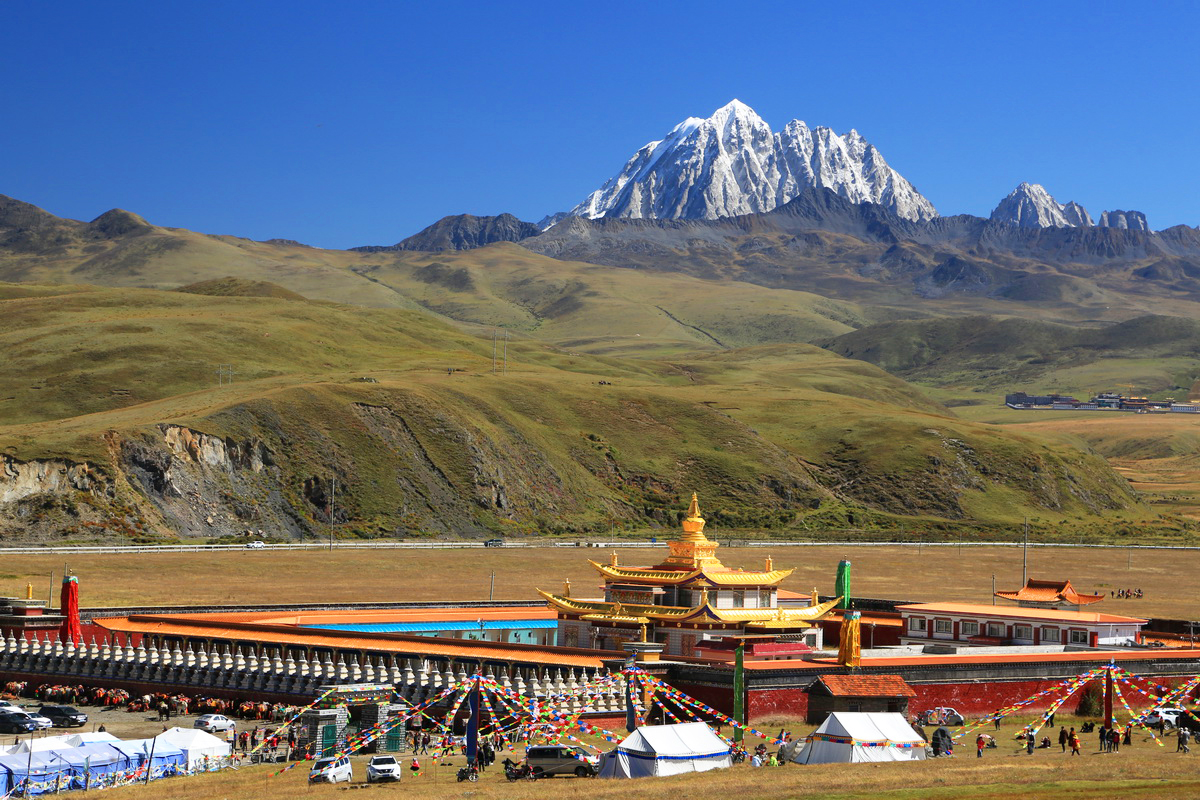
In 641 AD, the Han Chinese Princess Wencheng of the Tang Dynasty (618-907) made the long journey to Tibet in order to marry Songtsän Gampo, the founder of the Tibetan Empire (618–842). Emperor Taizong of the Tang Dynasty gave her a statue of Shakyamuni[1] Buddha as her dowry. That being said, this was no normal statue! It was a 1.5-metre (5 ft.) tall life-sized depiction of the historical Buddha at the age of 12, which is known as the Jowo Shakyamuni or the Jowo Rinpoche. The statue was supposedly carved at the behest of the Buddha himself.
When the princess and her retinue were traveling past Tagong, something unexpected happened. The statue of the Jowo Shakyamuni refused to move! The princess interpreted this as Buddha’s intention to stay there. There was one major problem with this, however. The statue was meant to be brought to Lhasa and presented to Songtsän Gampo! The princess decided that the only solution would be to make a copy of the statue, which would be left at Tagong. Once the new statue had been completed, the original statue was finally able to be moved again and continued on its journey. Later on, Songtsän Gampo issued an order for 108 Buddhist temples to be built that would face the Tang Empire. The Tagong Monastery, which contains the copy of the Jowo Shakyamuni statue, was the 108th temple to be built. You can find the original statue in the Jokhang Temple of Lhasa.

Located in the Garzê Tibetan Autonomous Prefecture of Sichuan Province, near to the side of the Sichuan–Tibet road, the Tagong Monastery belongs to the Sakya sect of Tibetan Buddhism. The term “tagong” means “the bodhisattva is glad” in the Tibetan language. The temple complex itself includes the Mahavira Hall or the Main Hall, the Jowo Shakyamuni Hall, the Dharmapāla[2] Hall, the Thousand-Hand Avalokiteśvara Hall, three other lesser halls, the pagoda forest, and the dormitories of the monks. There are nearly 200 prayer wheels that can be found throughout the monastery as well.
Like other monasteries, the Mahavira Hall within the Tagong Monastery is the place where monks learn Buddhist scripture and chant. The murals in this hall have been preserved in their original condition for over 300 years. Within these gorgeous murals, you will find images of Buddhas, Bodhisattvas, the “Five Venerable Supreme Masters” of the Sakya sect, and stories of famous Buddhist monks.

As the name suggests, the Jowo Shakyamuni Hall houses the legendary statue of Jowo Shakyamuni, which is decorated with colourful gems. Within this hall, there is also a statue known as the Thousand-Hand Avalokiteśvara, which was also sculpted under the instruction of Princess Wencheng. Locals and pilgrims believe that this statue is so sacred that it has certain magical powers.
Another legendary sacred relic within this hall is the supposed footprint of Drogön Chogyal Phagpa, who was one of the “Five Venerable Supreme Masters” of the Sakya sect and the fifth Sakya Trizin [3]. He reputedly left this footprint when he visited the monastery sometime during the 13th century.
The Thousand-Hand Avalokiteśvara Hall is relatively new compared to the rest of the complex, as it was only built in 1997. It houses the tallest bronze statue of the Thousand-Hand Avalokiteśvara in the entire Tibetan area.

Behind the Tagong Monastery is the holy Mount Yala. This snow-capped peak shines under the cloudless blue skies of the plateau. For hundreds of years, numerous monks have traveled to the mountain and practiced their faith on the remote mountainsides. According to legend, there are warm springs dotted throughout the Mount Yala area that can clean any hopeful Buddhist monk of their impurities.
[1] Shakyamuni: One of the titles of Gautama Buddha, the central figure and founder of the Buddhist faith. It is derived from the place named Sakya, which is where he was born.
[2] A Dharmapāla is a type of wrathful god in Buddhism.
[3] Sakya Trizin is the traditional title of the head of the Sakya school of Tibetan Buddhism.
Make your dream trip to the Tagong Monastery come true on our travel: